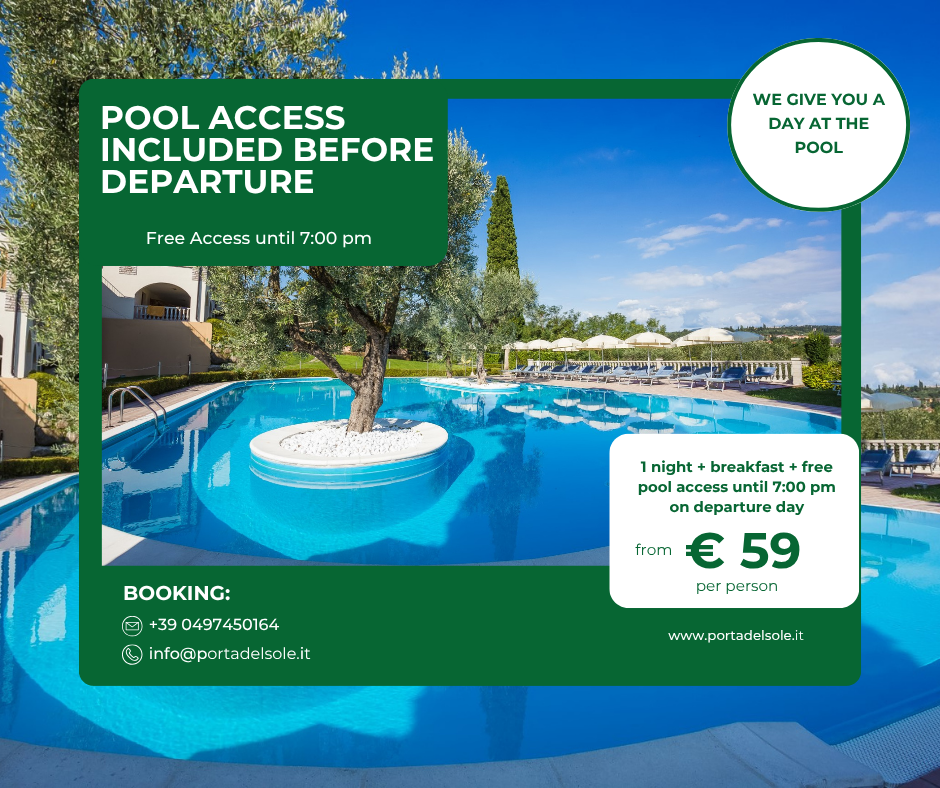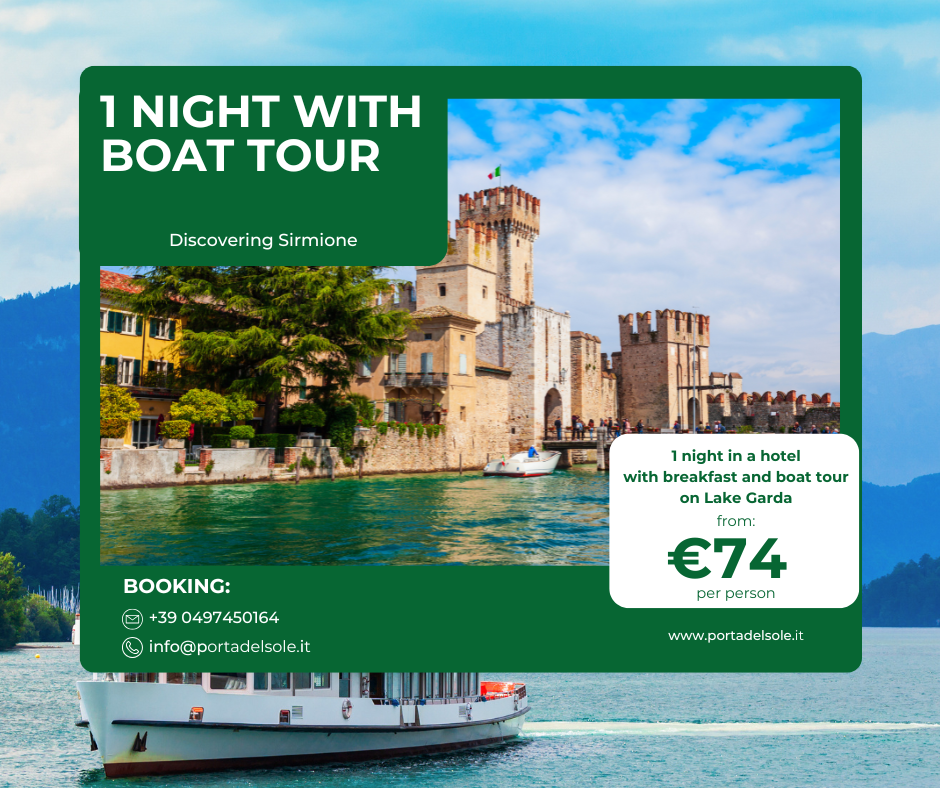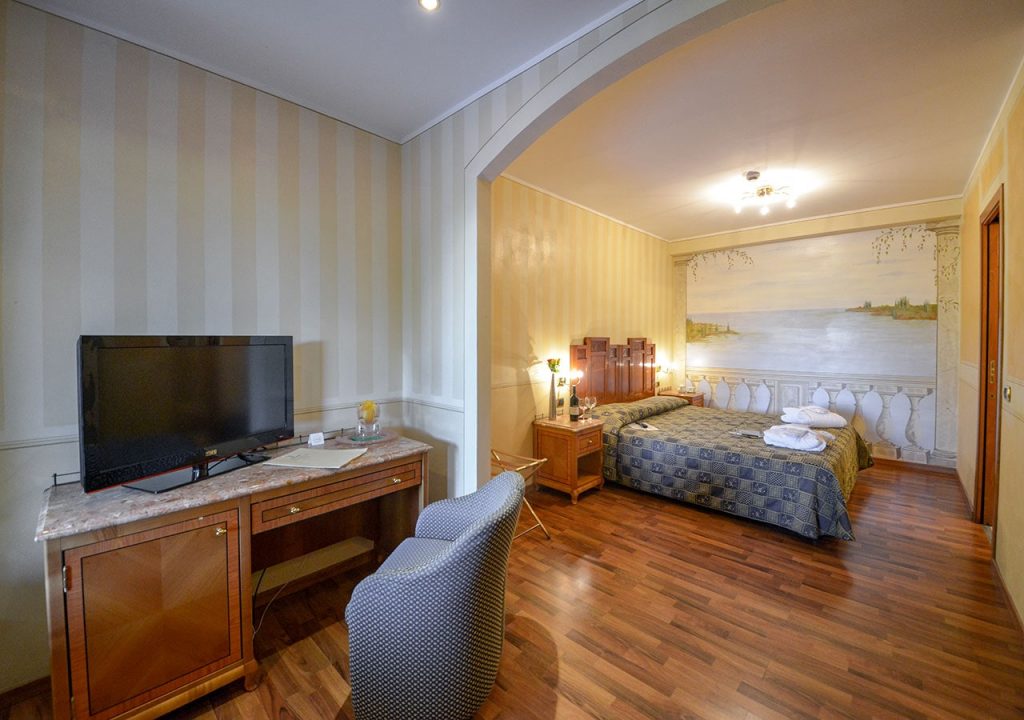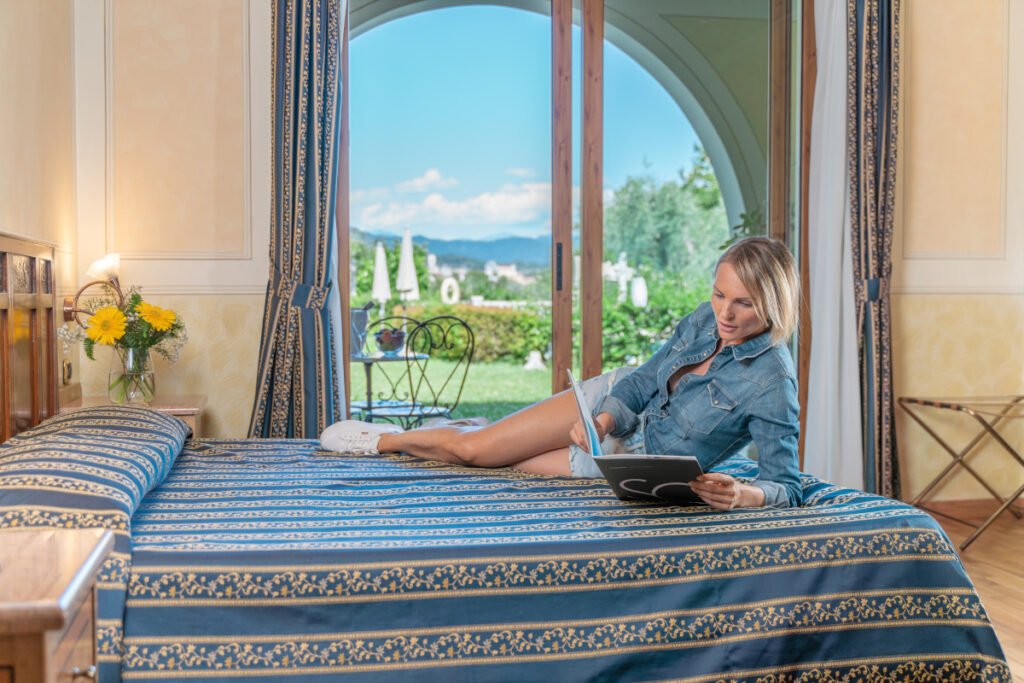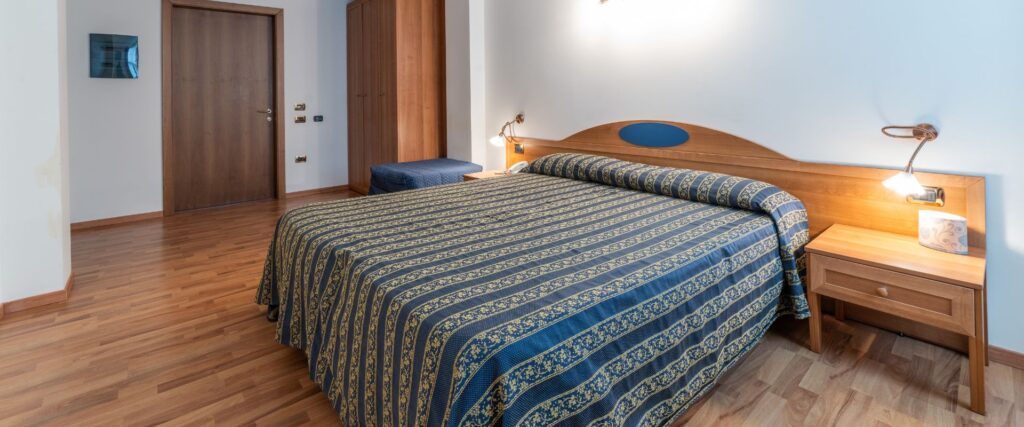Puegnago is a largely industrial town: chemicals, textiles, food processing, housing, wood and furniture, and mining.
Puegnago stretches across the peaks of volcanic formation on the western
side of Lake Garda and has six smaller villages: Castello, Monteacuto, Mura, Palude, S.Quirico and Raffa, which became an independent village in 1928 with a separate parish.
Puegnago del Garda
History of Puegnago
The area was inhabited in prehistoric times, as the remains of some houses on stilts in Lake Sovenigo show. Probably of Celtic origin, (due to the suffix “ago”) or possibly Roman, as may be shown by the name “Truvinianum” Puegnago has lived its life in close association with Salò. In 1427 both became part of the Venetian Republic. Those were years of the plague.
Theatre of war under Napoleon, the area became part of the Cisalpine Republic. After the Congress of Vienna, it was part of the kingdom of Lombardy-Veneto.
A source of pride for the local population was the solidarity shown at the end of the battle of San Martino, when numerous wounded soldiers were treated. After the armistice of Villafranca local government passed to Turin for administration and to Verona for religious matters.
Still today the Lombard diocese of Valtenesi is administered from Verona. From 1818 to 1825 Puegnago, Soiano and San Felice were grouped together and in 1928 Puegnago was brought together with Raffa. The village is famous for its wines, particularly the “Groppello“, a fine red. Since 1977 it has staged the Valtenesi Exhibition of Agriculture and Crafts, at the beginning of September.


